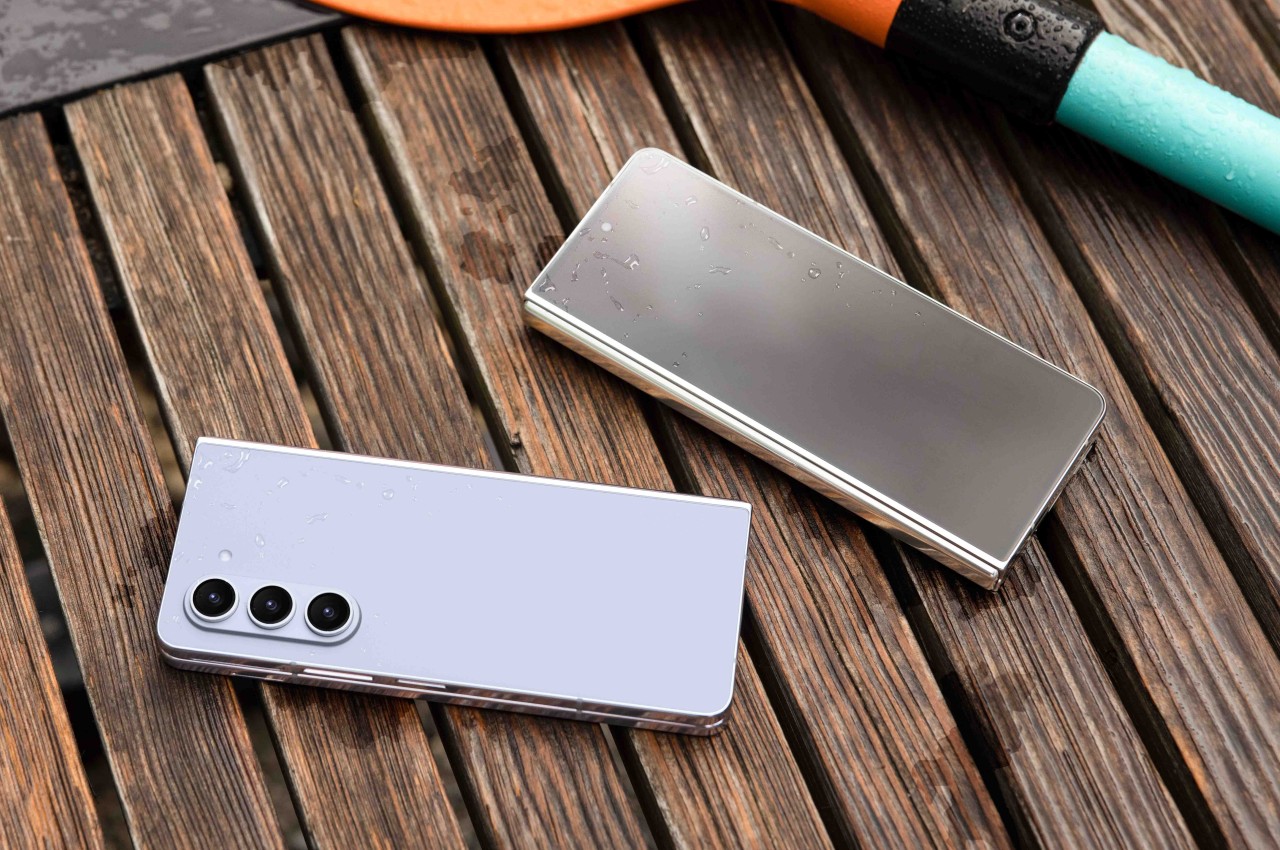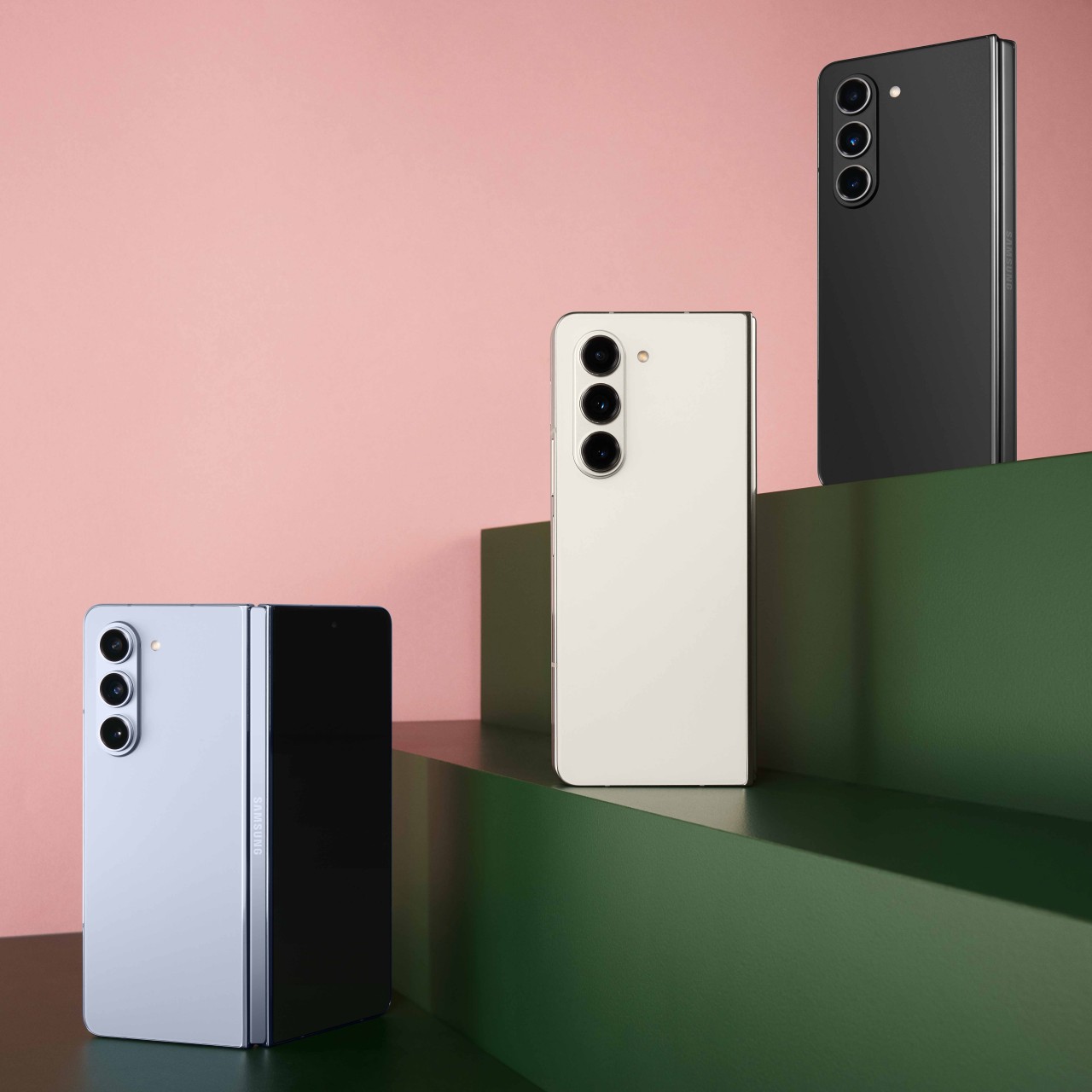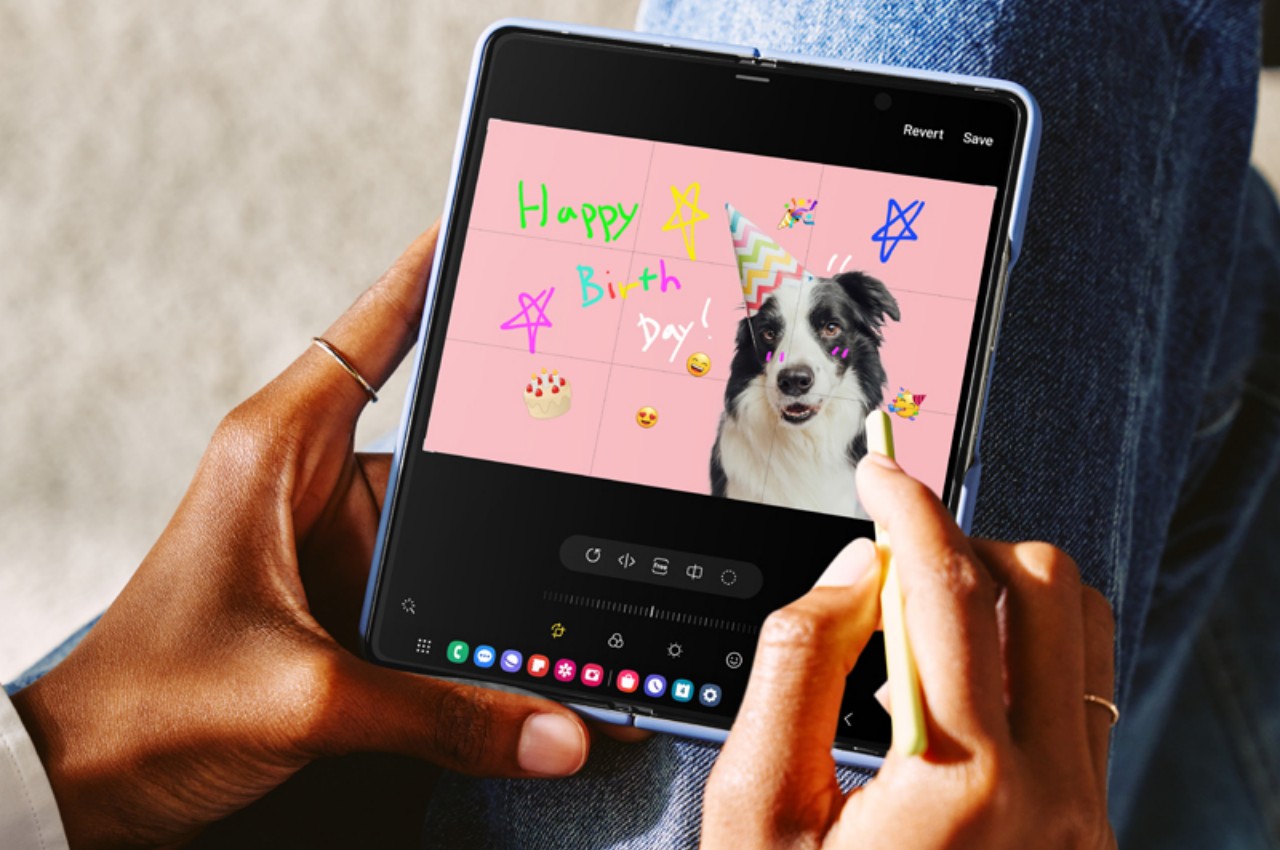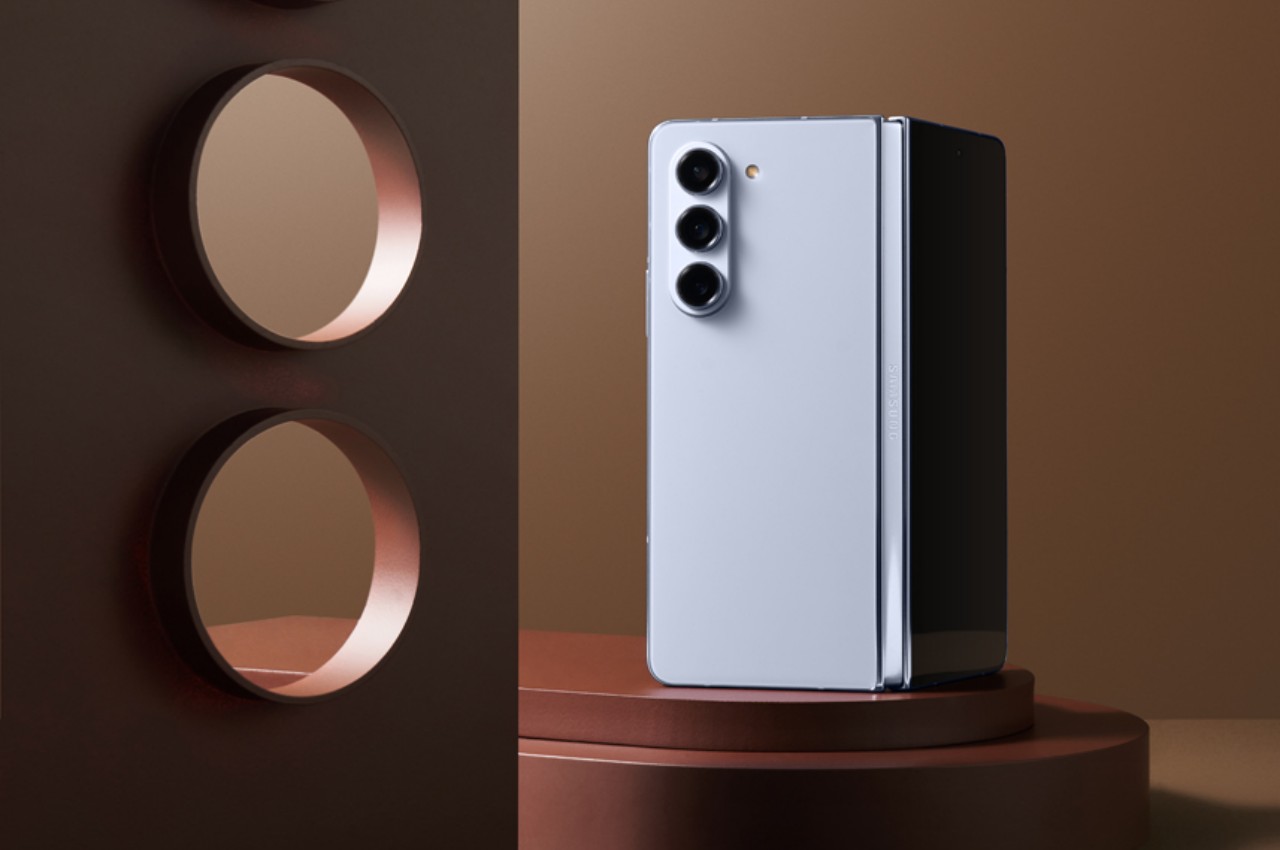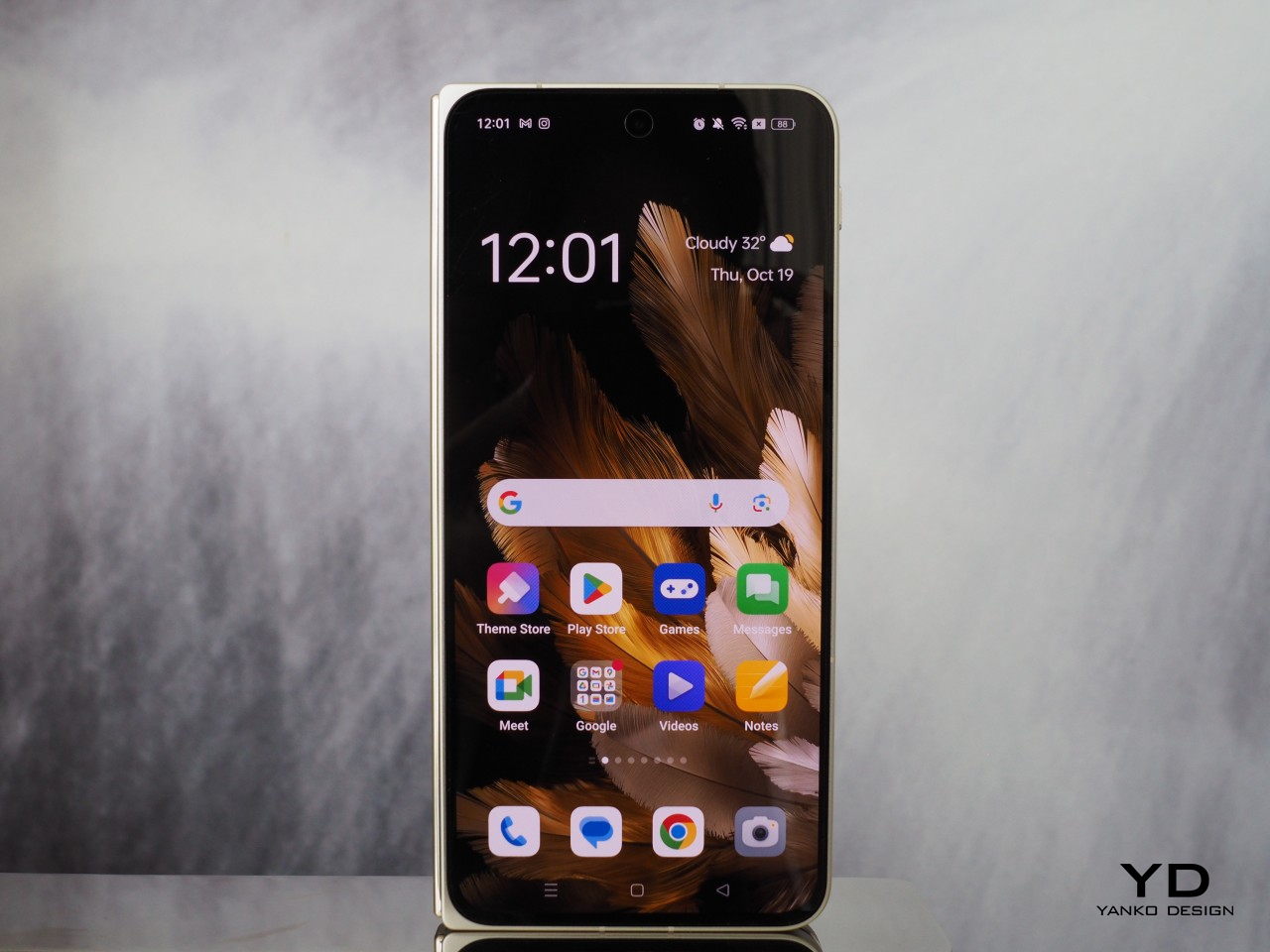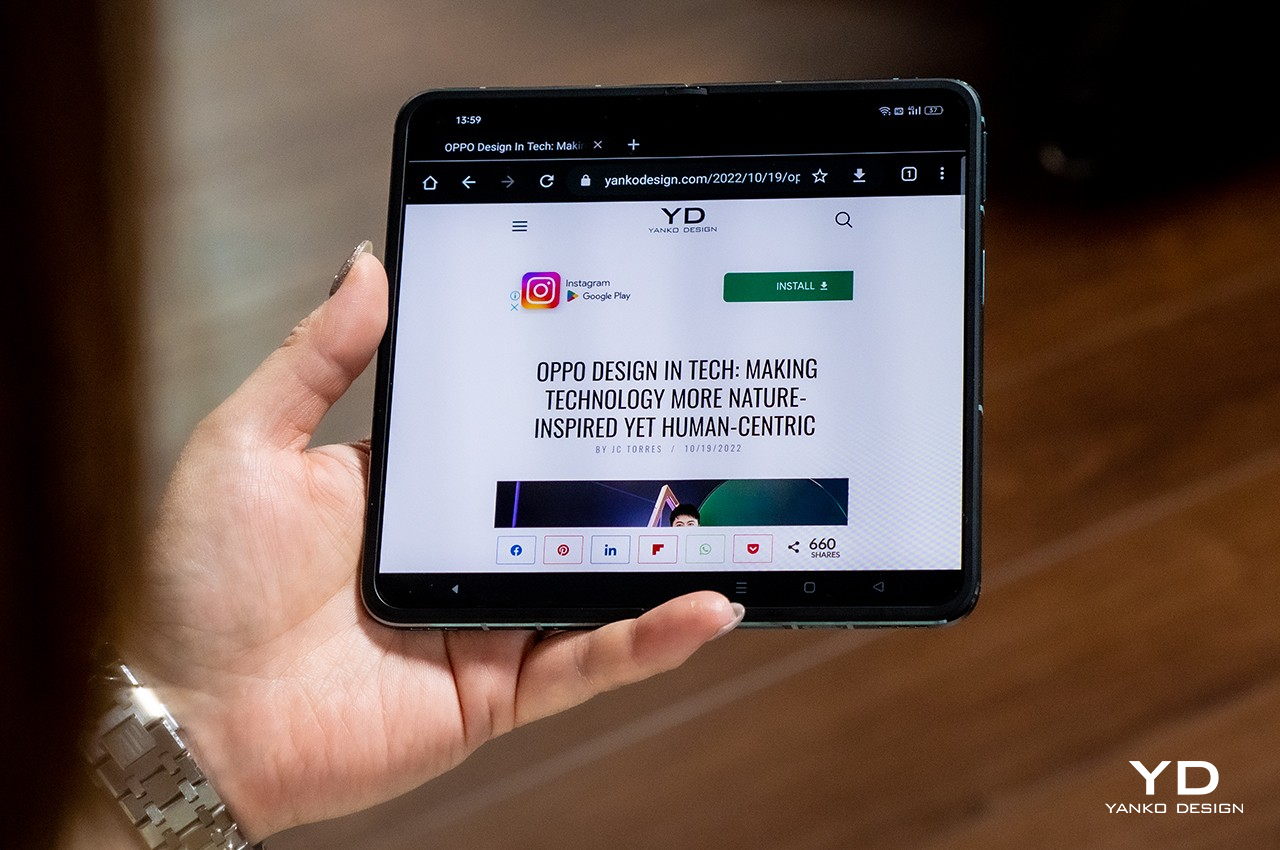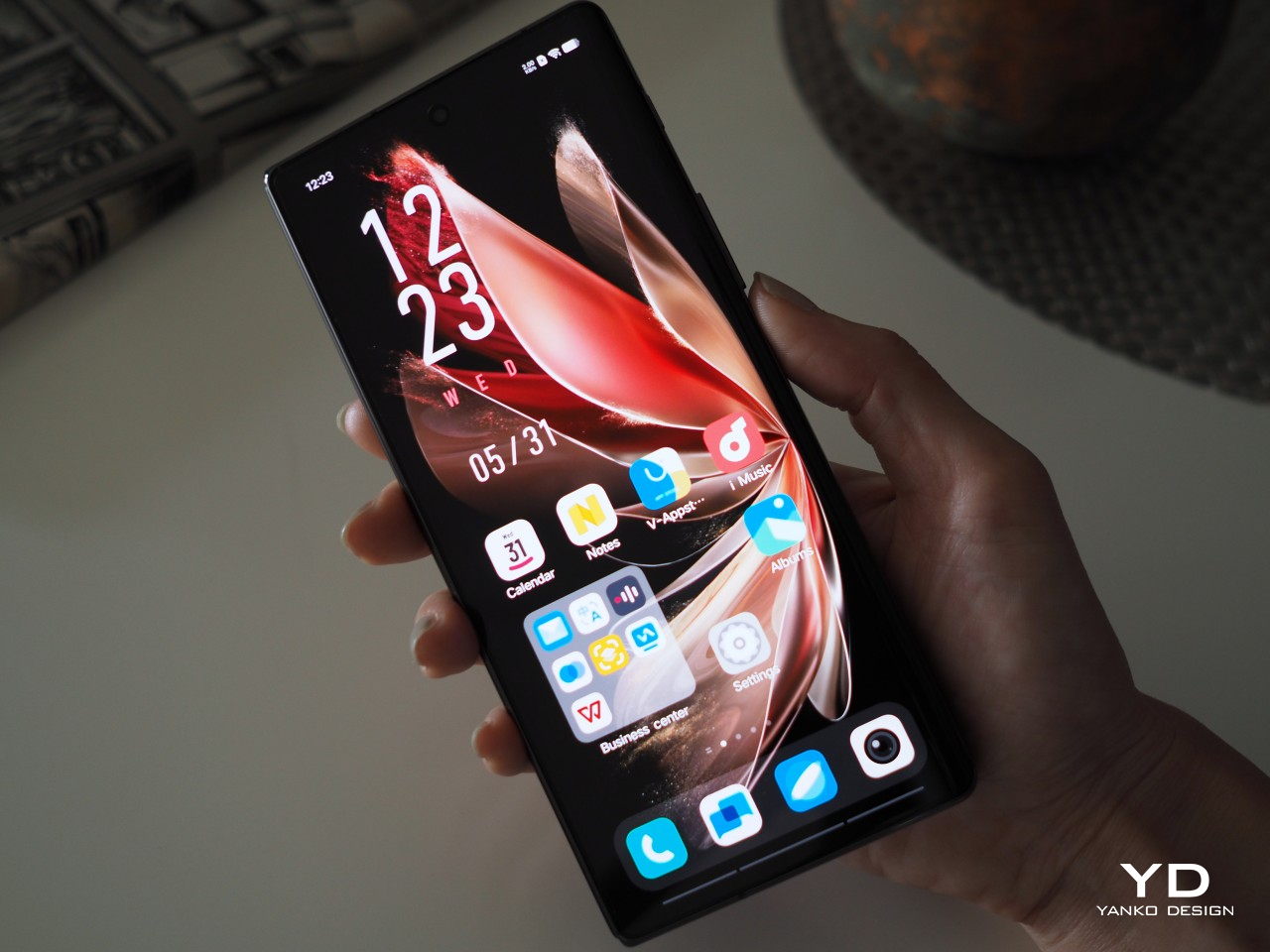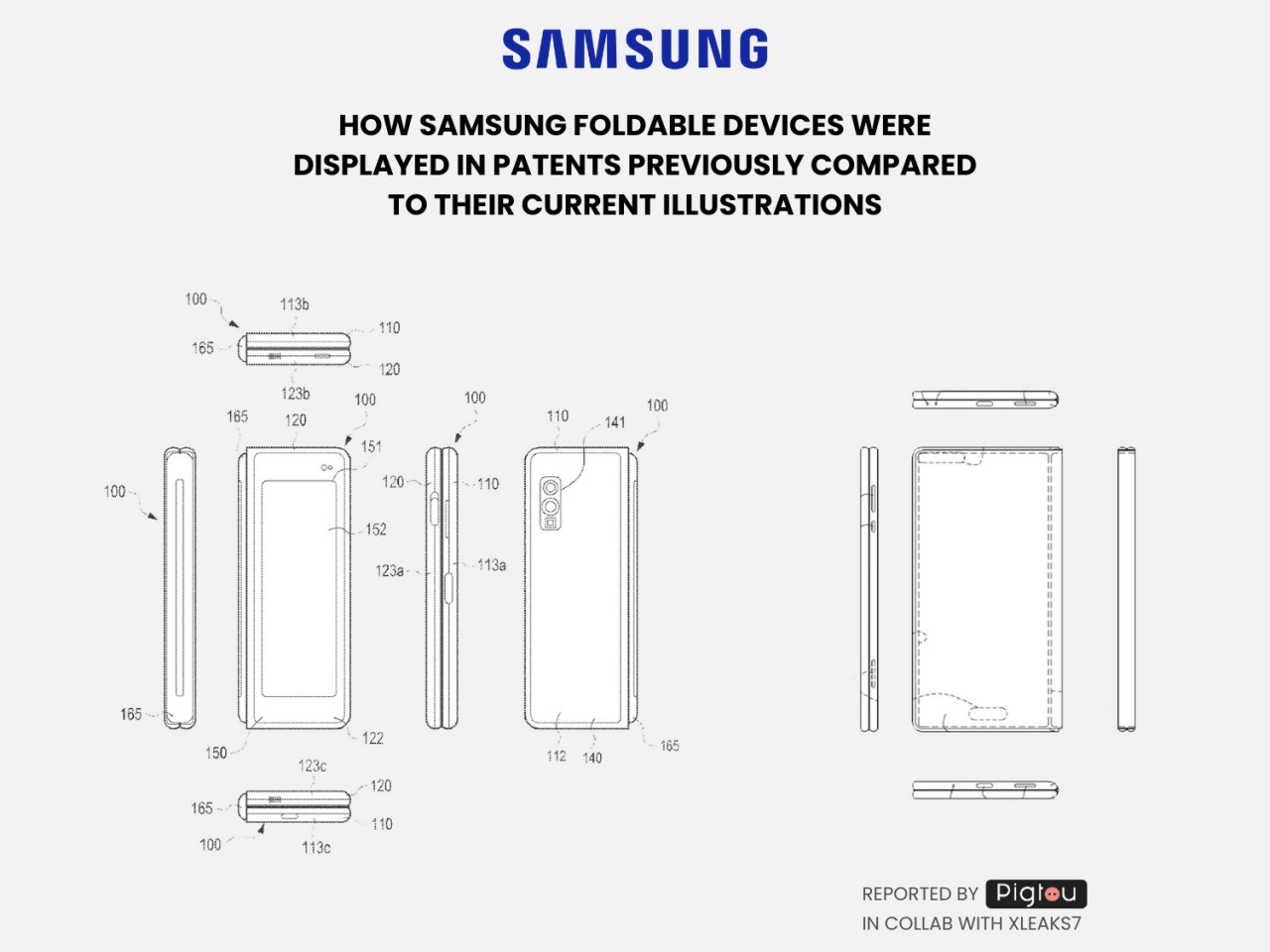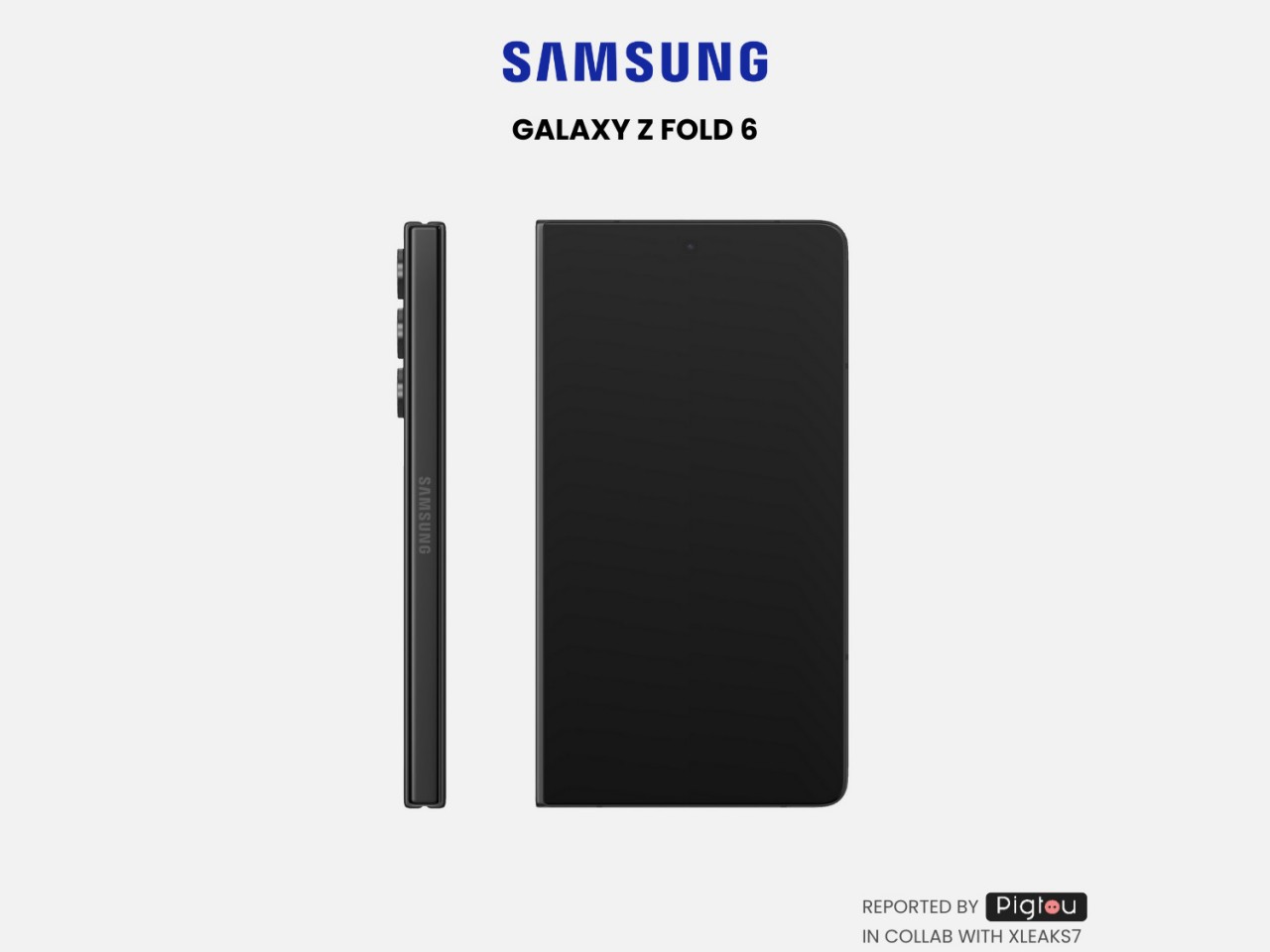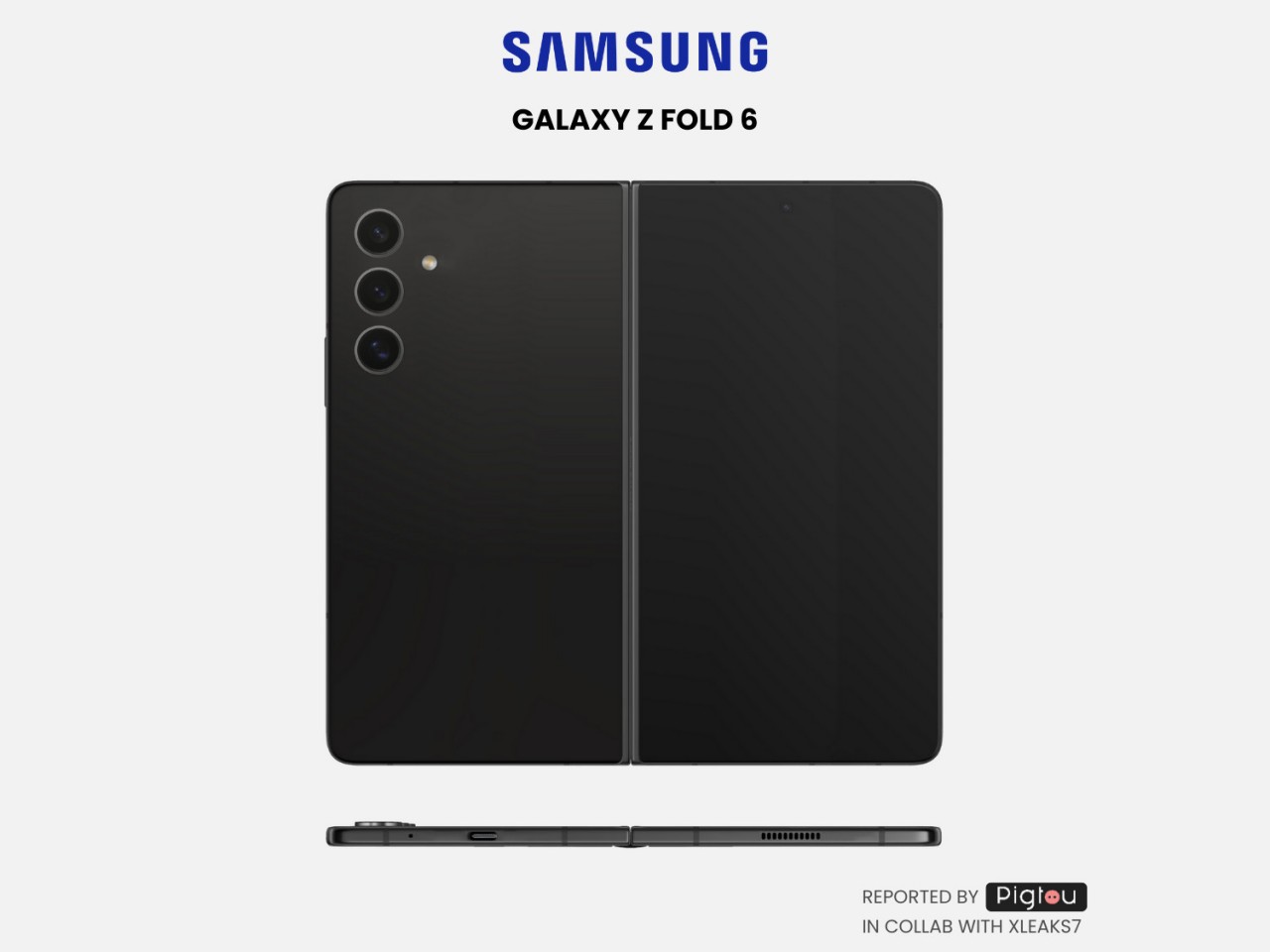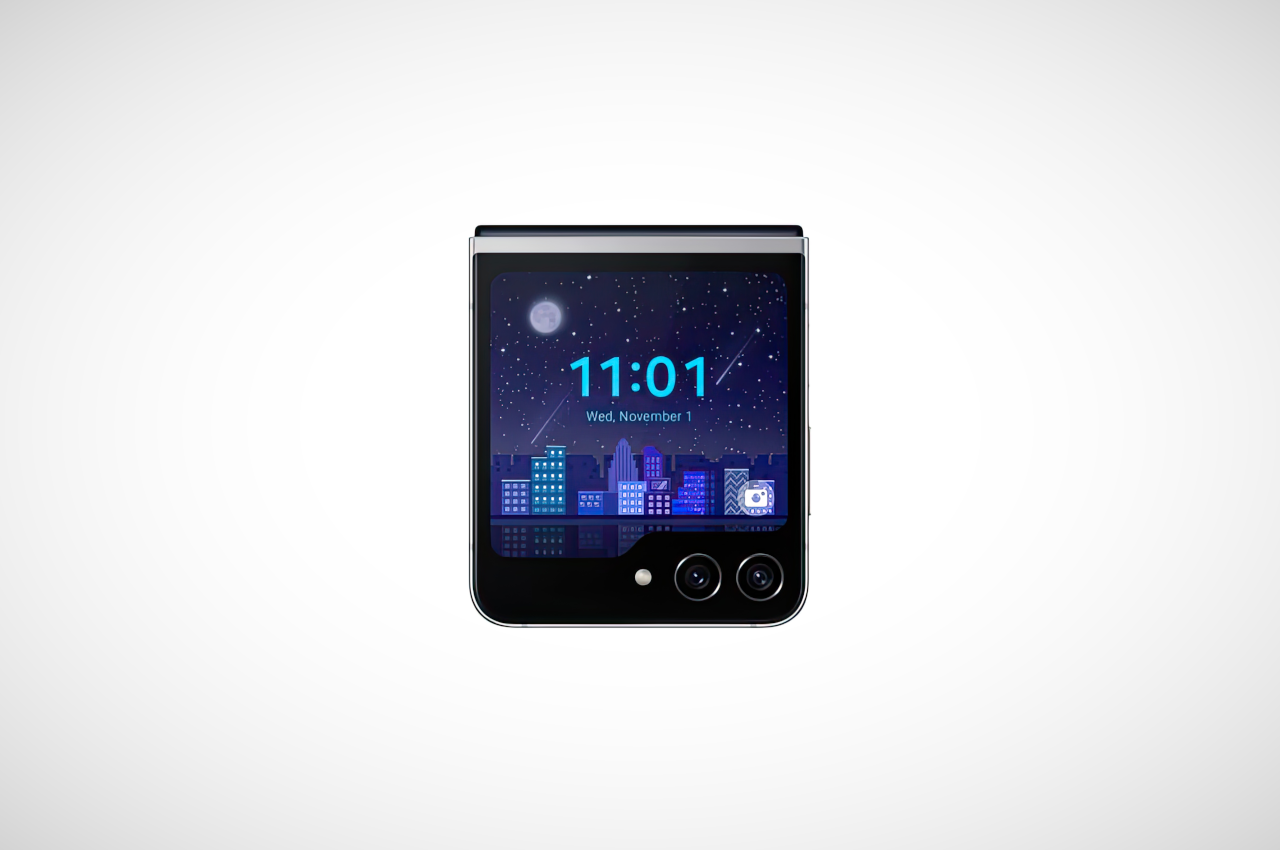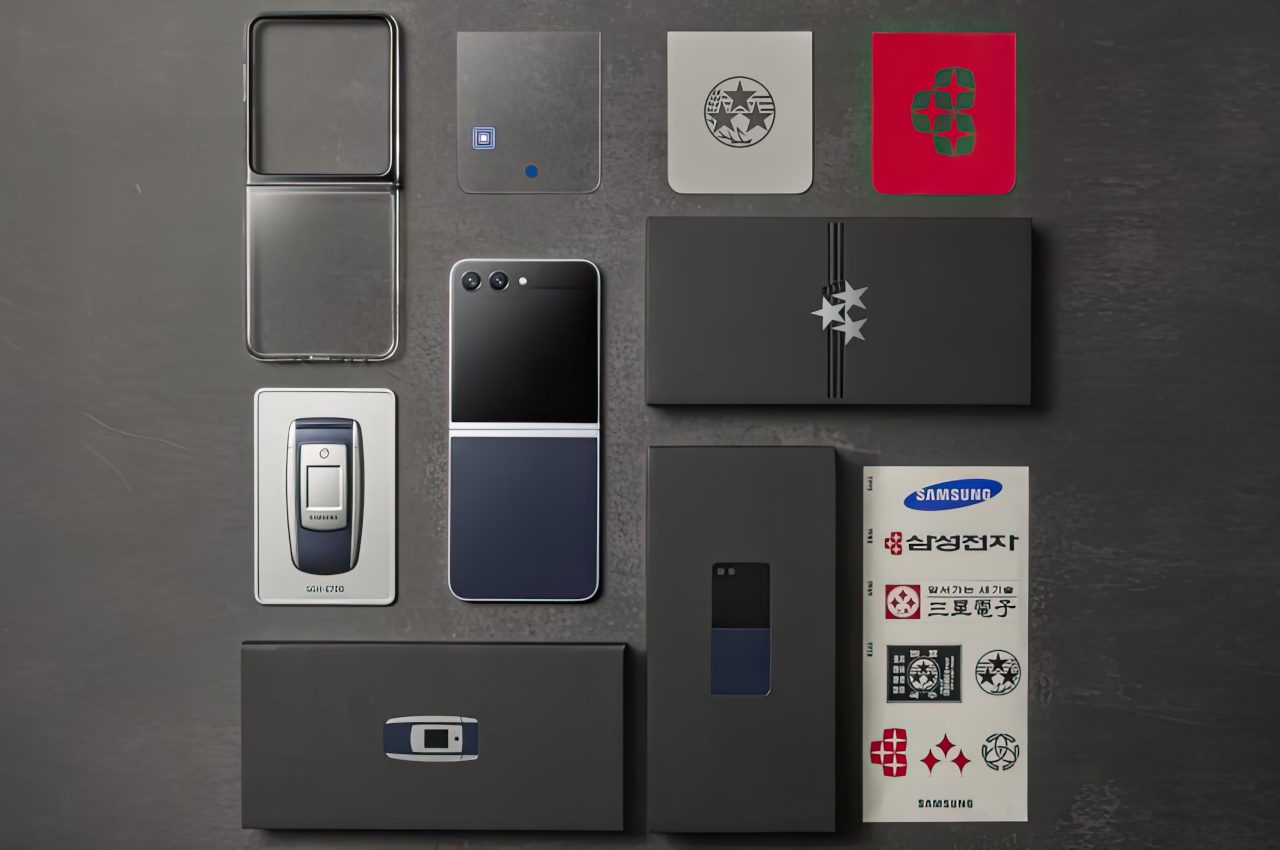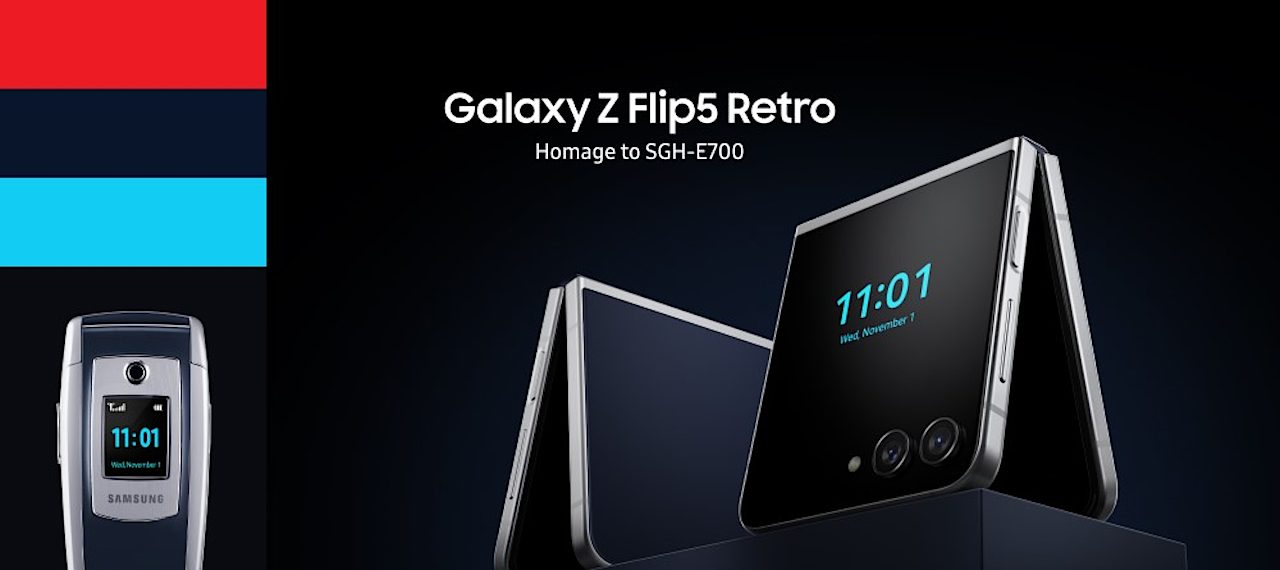Foldable smartphones are an attempt at solving an old problem with two diametrically opposed goals. On the one hand, people want large screens that give them enough space for their content, from videos to social media to even work. On the other hand, they still want a device they can conveniently carry around, especially inside their pockets. Today’s generation of foldable phones similar to the Samsung Galaxy Z Fold deliver a phone that does transform into a tablet, but the latter is admittedly still a small piece of screen real estate, even smaller than the iPad mini. Having a regular tablet-sized display requires drastically changing the design and construction of a foldable phone, which isn’t exactly easy to pull off, judging by the current state of foldables. That’s not to say that manufacturers haven’t been working on a feasible solution, and Samsung itself might be ready to unveil its answer this year to beat one of its rivals to the punch.
Designer: Samsung (via @Tech_Reve)
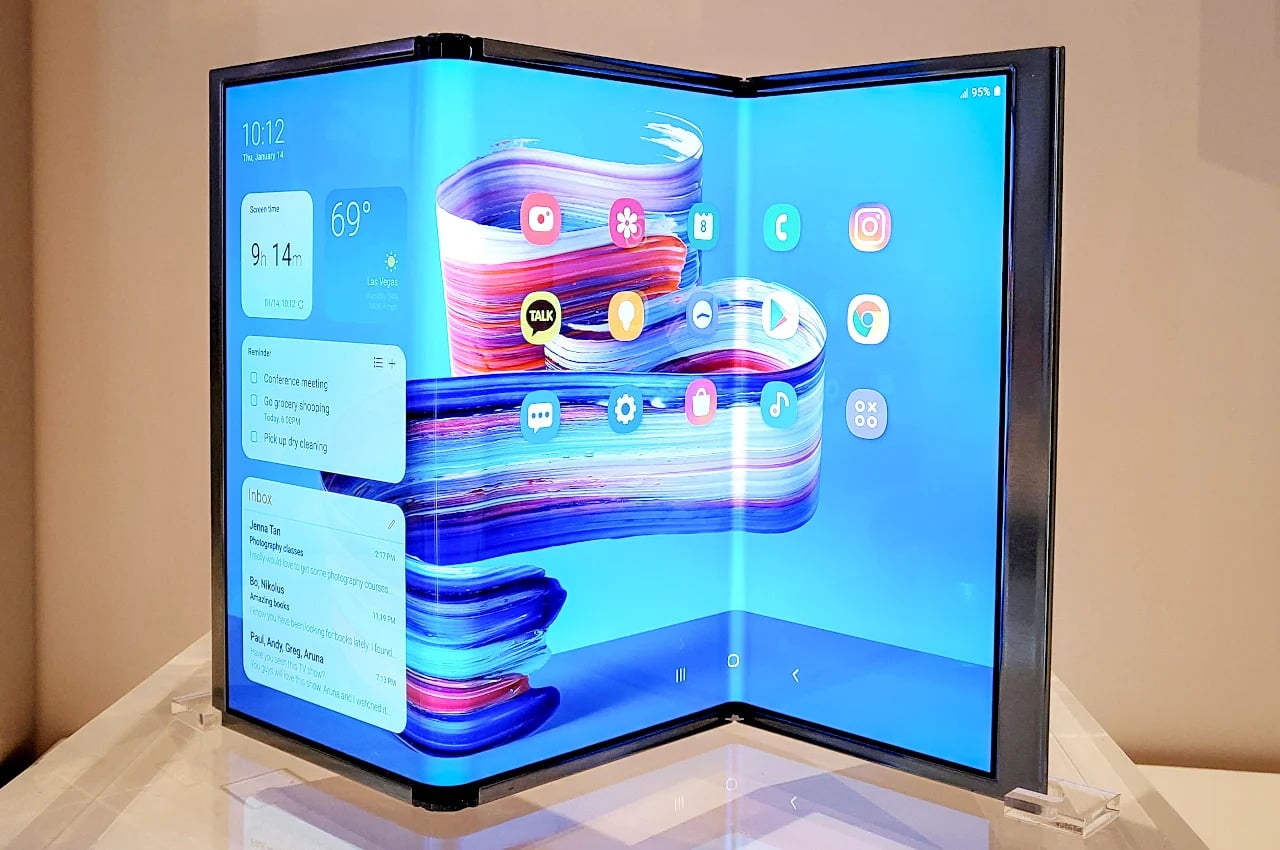
The current design of foldable phones has never been the endgame. If you reference Samsung’s concept video back in 2013, you will realize its ambitions go beyond this simple foldable design. A phone that unfolds into a tablet would definitely need more than just one fold, and the company’s display manufacturing arm has been working on such a screen for years now. In fact, it demonstrated in 2022 how close it was to an actually usable form, suggesting that such a device is not only plausible but might even be just around the corner.
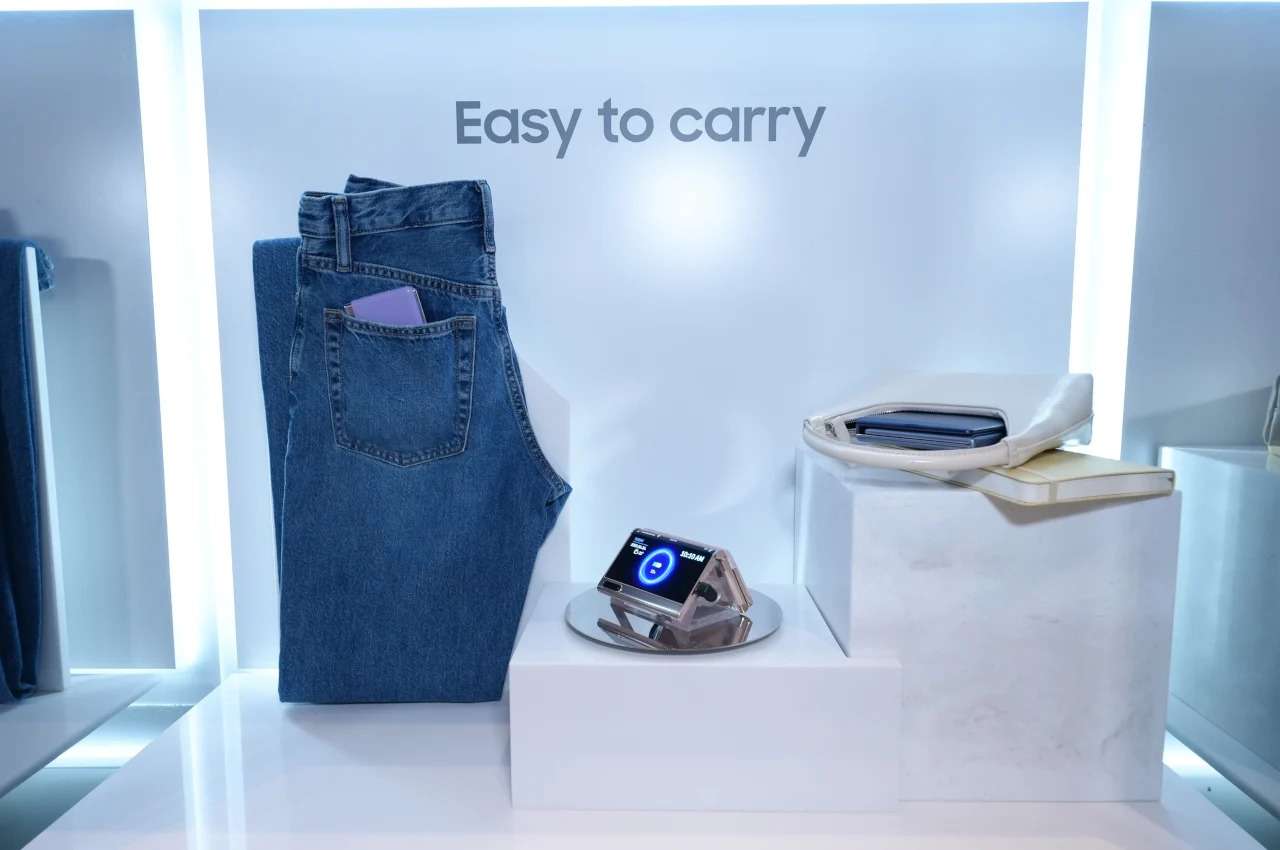
A new rumor adds fuel to speculations that Samsung might, in fact, announce this “Flex S” triple foldable phone this year, maybe even alongside the Galaxy Z Fold 6 and Galaxy Z Flip 6. Samsung might be in a rush to push out this revolutionary new device due to rumors that long-time rival Huawei also has a tri-fold phone that it will be launching in the second half of 2024. Unsurprisingly, Samsung wouldn’t want Huawei to claim the title of “first,” even if the Chinese brand has extremely limited market reach these days.
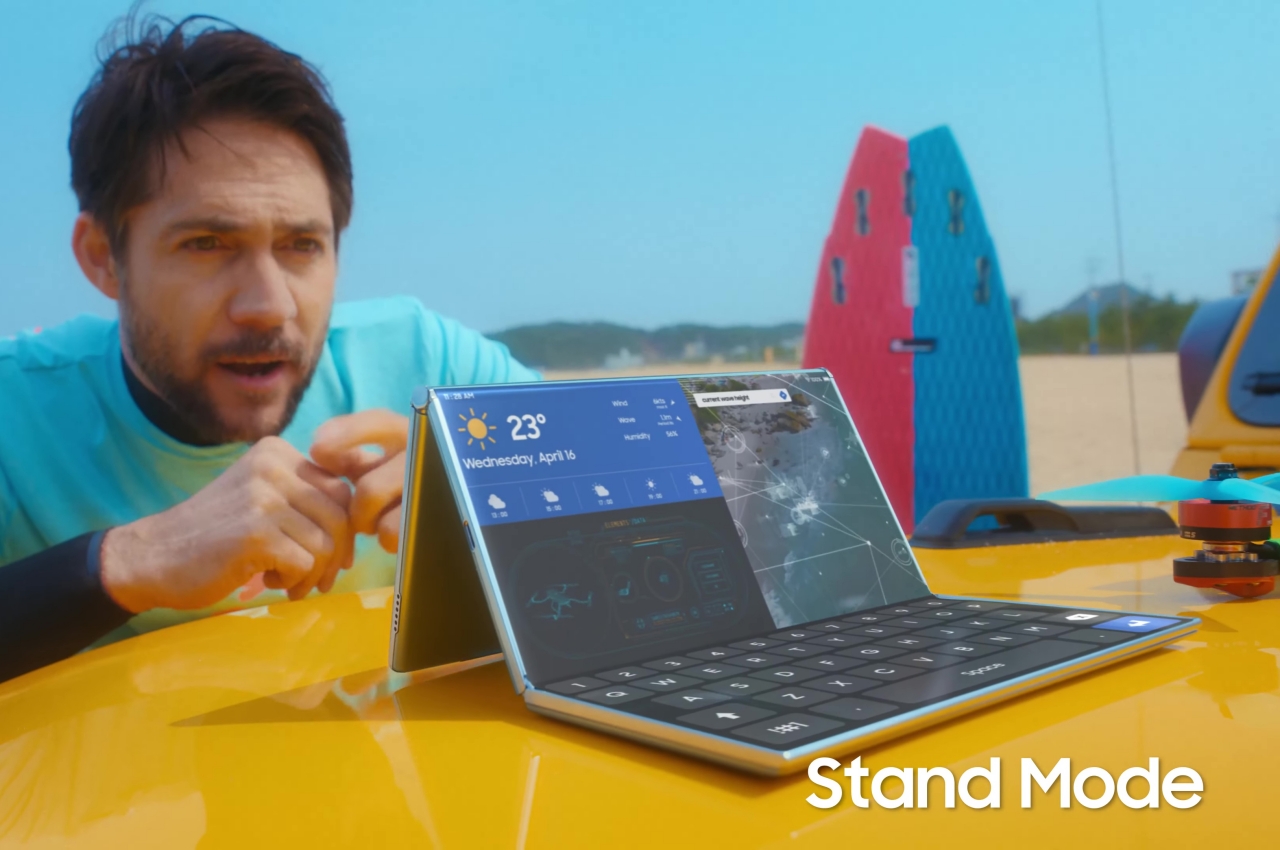
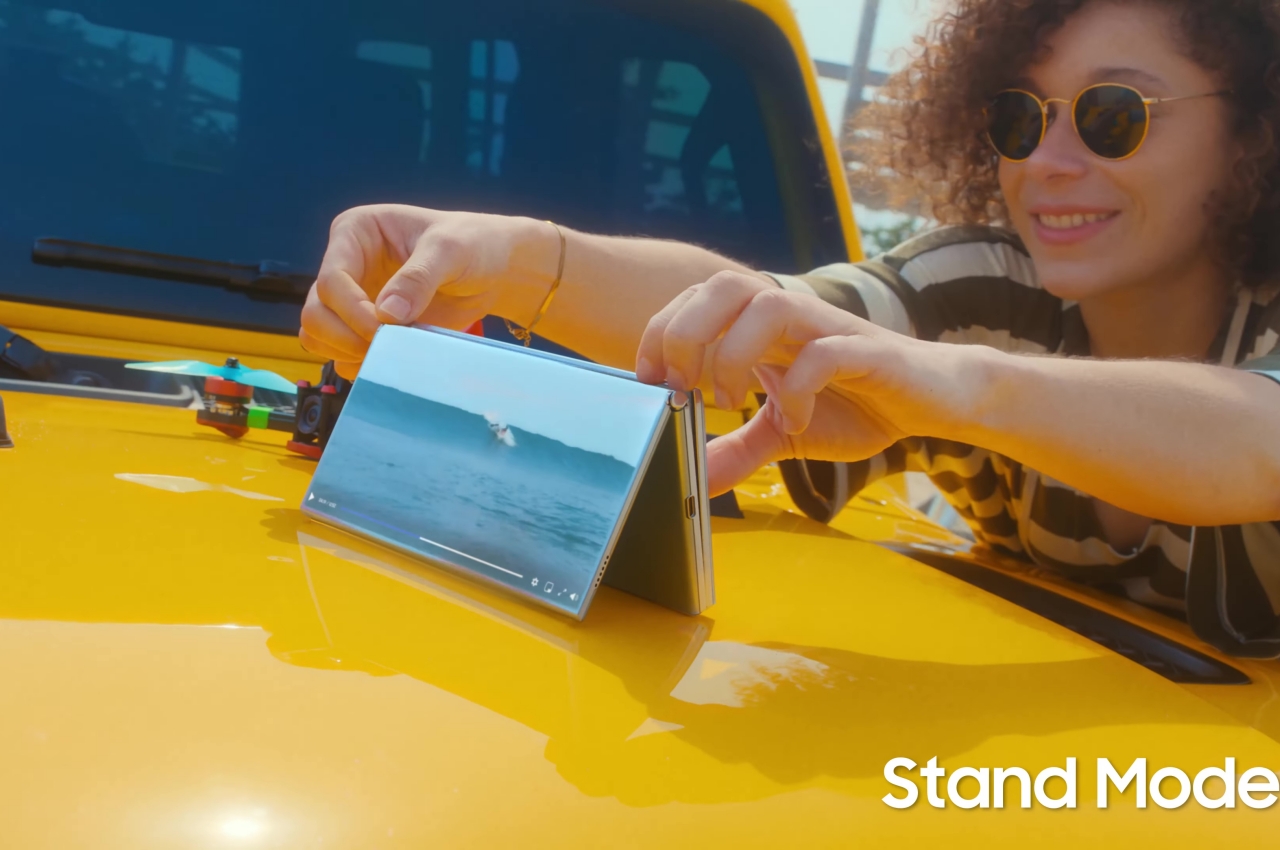
A triple folding phone, under the prototype name of “Flex S,” will drastically change the game when it comes to foldables. Not only will it offer a much larger screen in tablet form, it also allows the collapsed phone form to retain a wider aspect ratio, unlike the Galaxy Z Fold designs so far. At the same time, it also offers new modes of use for the device, from a tent-like stand mode to a unique laptop mode that’s like having a mini dual-screen laptop.
That said, haste always makes waste and Samsung should have already learned its lesson five years ago. Even after years of R&D, the first Samsung Galaxy Fold (no “Z” in the name yet) was plagued with problems, especially when it came to reliability. Given how a new tri-fold design will once again test the durability of flexible screens, there will be even more risks and costs this time around. And with Huawei’s limited presence in global markets, Samsung has no need to be afraid of not being the first, but that has never stopped any company from rushing out a product launch anyway.
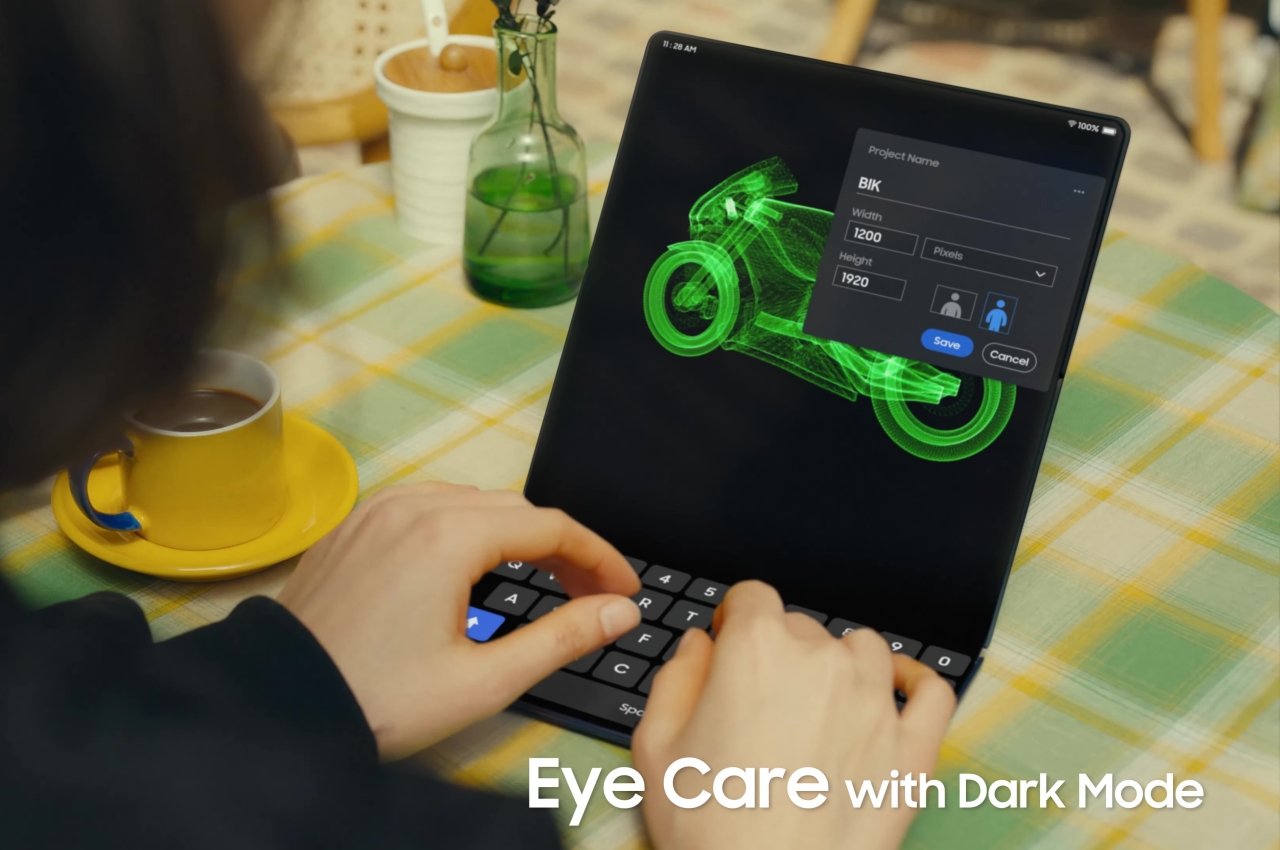
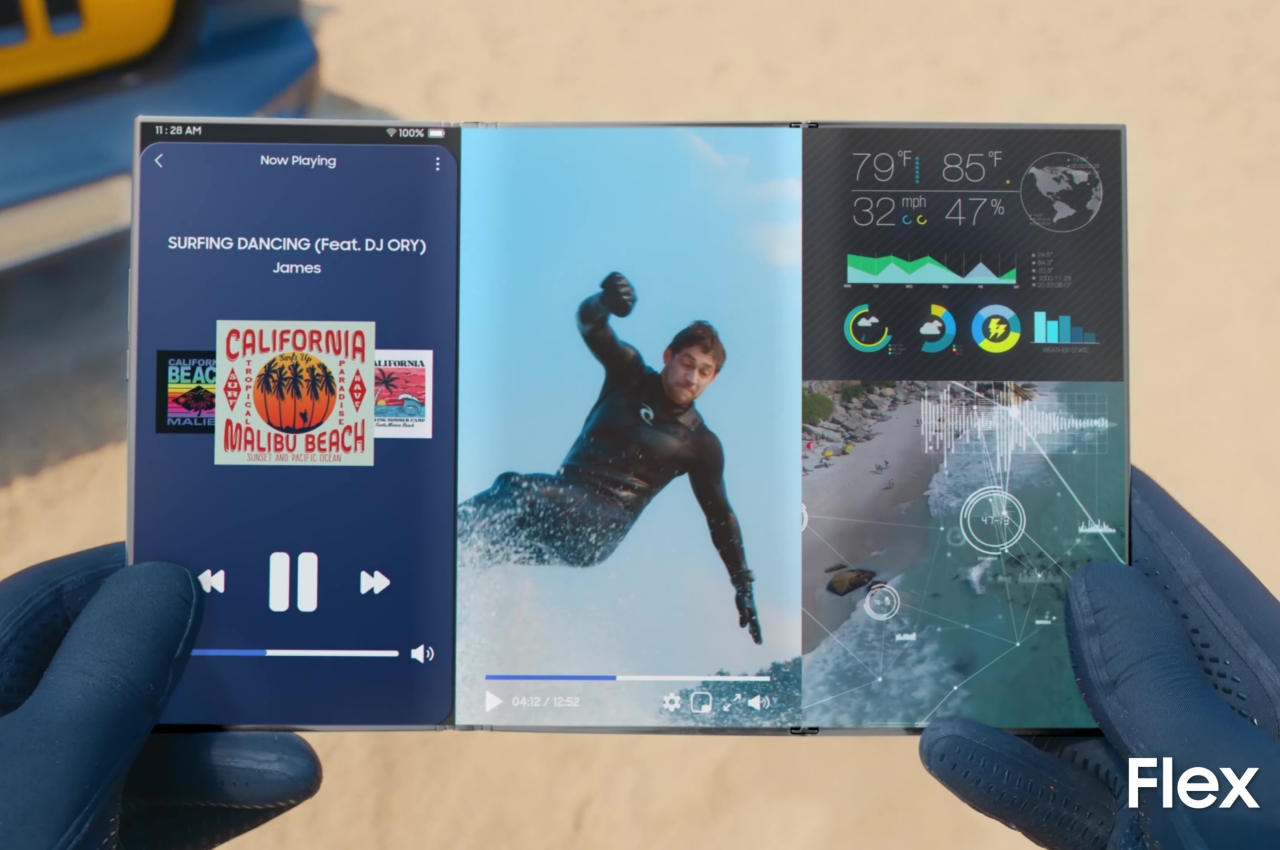
The post Samsung triple foldable phone rumor hints at a 2024 launch first appeared on Yanko Design.
